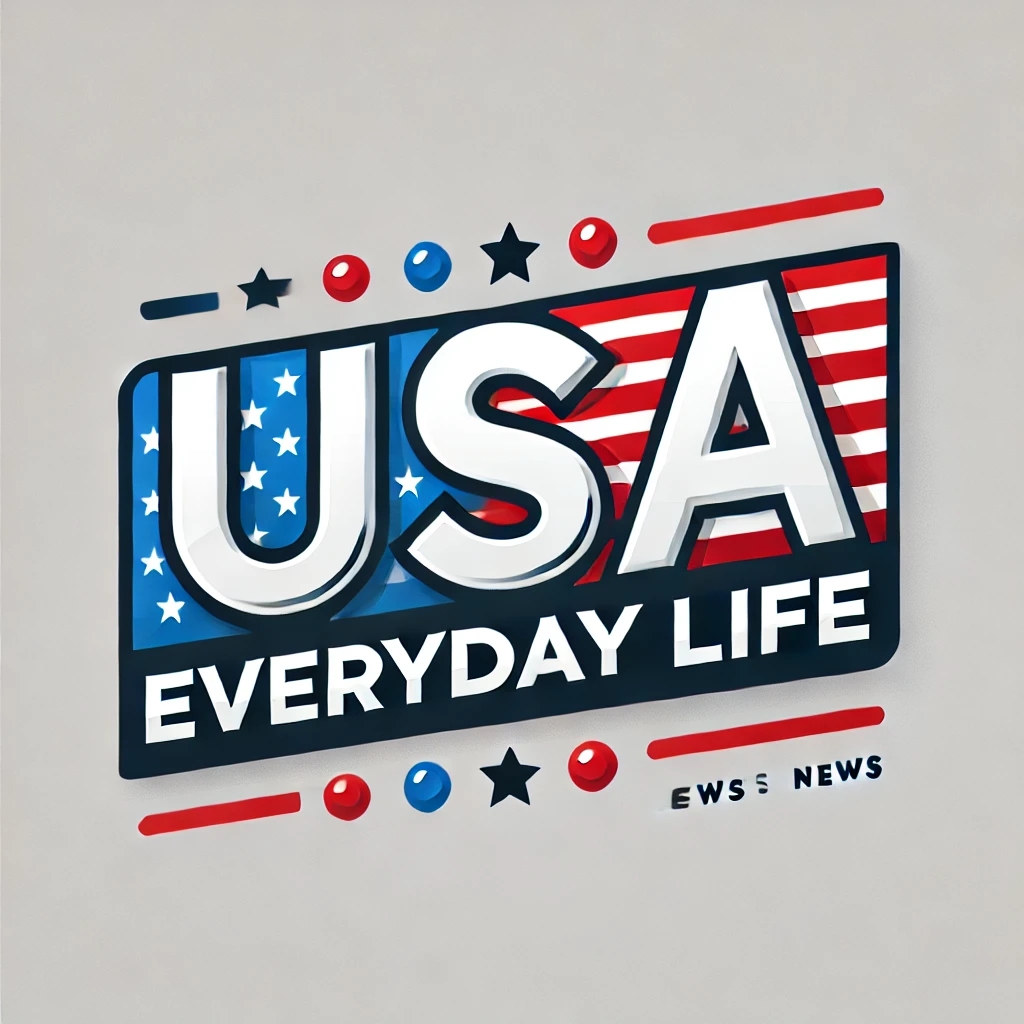A mockup of Tesla Inc.’s planned humanoid robot Optimus on display during the Seoul Mobility Show in Goyang, South Korea, on Thursday, March 30, 2023. The motor show will continue through April 9. Photographer: SeongJoon Cho/Bloomberg via Getty Images
Bloomberg | Bloomberg | Getty Images
Tesla CEO Elon Musk predicted that Optimus robots, which have yet to hit the market, will eventually make up more than three-quarters of his automaker’s value.
In a post on X on Monday, Musk wrote, “~80% of Tesla’s value will be Optimus.” In mid-2024, Musk predicted that Optimus robots would someday turn Tesla into a $25 trillion company, which was equal to more than half of the entire value of the S&P 500 at the time of his comment.
With Tesla in the midst of a multi-quarter sales slump due to competition from lower-cost Chinese competitors, an aging lineup of electric vehicles and Musk’s incendiary political rhetoric and involvement with the Trump administration, the world’s richest person has been trying to convince Wall Street to look to the future.
For Tesla, that dream revolves around a world filled with robotaxis and humanoid robots, powered by artificial intelligence.
“It is important to note that Tesla is by far the best in the world at real-world AI,” Musk said in the company’s second-quarter conference call with analysts in July.
The problem for Tesla is that it’s behind in those key markets.
In robotaxis, Tesla has only recently started tests in Austin, Texas, and San Francisco, while Alphabet’s Waymo is live in numerous markets and reached 10 million paid trips in May. Baidu’s Apollo Go is live in China.
Meanwhile, competition in humanoid robots is coming from the likes of Chinese companies like Unitree, which won multiple medals at the World Humanoid Robot Games. Others in the space include Boston Dynamics, Agility Robotics, Apptronik, 1X and Figure.
Musk said in March that Tesla plans to make 5,000 of its Optimus robots this year. In its first-quarter shareholder deck, Tesla said it was on target for “builds of Optimus on our Fremont pilot production line in 2025, with wider deployment of bots doing useful work across our factories.”
Tesla recently lost the person running the division.
Milan Kovac, Tesla’s vice president of Optimus robotics, announced his departure in June after nine years at the company.
Tesla is developing Optimus with the aim of someday selling it as a bipedal, intelligent robot capable of everything from factory work to babysitting.
— CNBC’s Lora Kolodny contributed to this report.
WATCH: Useful but flawed, humanoid robots could achieve autonomy by 2027: 1X CEO
